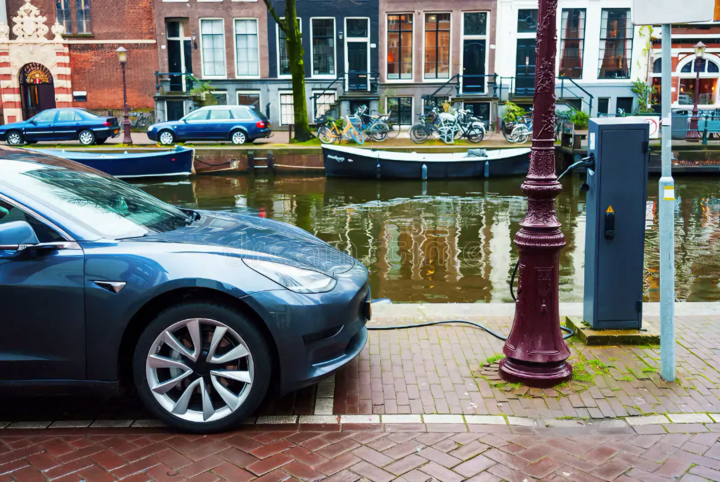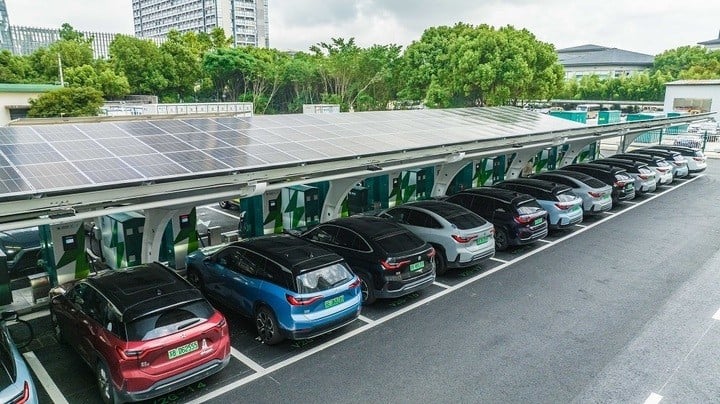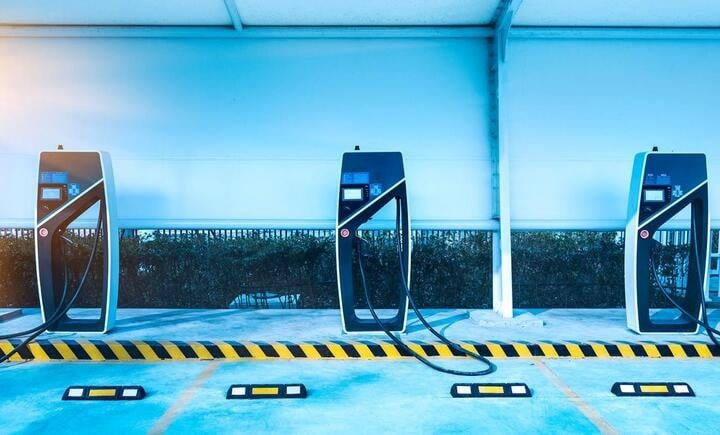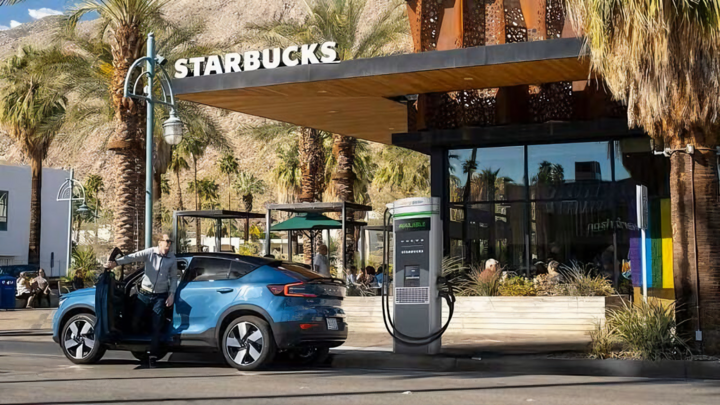
As electric vehicles (EVs) become mainstream in the transportation industry, charging stations are becoming more than just infrastructure; they are also a lucrative business. From Northern Europe to Asia, countries are experimenting with different models to optimize profits, user experience, and energy efficiency.
Leverage from policy and technology
One of the biggest drivers behind the charging station model is strong government support. In Europe, the AFIR regulation requires EU countries to install 150 kW fast charging stations every 60 km on the TEN-T motorway network by 2025. This creates a clear market for businesses to invest.
Frank Mühlon, President of ABB's e-mobility division, commented: “If we want to reach the target of 290 million charging points globally by 2040, the world needs more than $500 billion in public-private investment. Most importantly, there must be clear technical standards and coordination between governments and businesses.”
In Europe, the Netherlands stands out for its integrated planning approach. The density of public charging stations here is the highest in the region, thanks to the innovative design of chargers attached to streetlights, public parking lots, and other urban spaces. This approach not only saves space but also reduces implementation costs and increases convenience for users.
Norway is a prime example of how it has managed to combine tax incentives, consumer subsidies, and a nationwide network of charging stations. Thanks to its hydroelectric power, the Nordic country has achieved a rate of more than 80% of new car sales being electric — a figure that far exceeds that of many developed countries.

China has shown its strength in scale and speed. With more than 65% of the world’s public charging stations, the country has invested heavily in battery swapping, while optimizing cycle life and operating efficiency. National programs like PM E-DRIVE have laid the foundation for rapid EV expansion in a heavily government-sponsored environment.
In China, the number of fast-charging stations is expected to increase from 1.2 million to 1.6 million by 2024 alone. Equipment costs have also dropped 20% in the past two years, making them more accessible to businesses.
Giovanni Palazzo, CEO of Electrify America, shared: “The charging station market will be fragmented in the short term, but will consolidate and professionalize in the next few years.”
In the US, the lead in charging infrastructure has largely been in the hands of the private sector, with companies like Tesla and Electrify America leading the charge. Although the government has poured about $5 billion into expanding the charging network through the NEVI program, progress has been slow. Public-private partnerships are being promoted with the hope of creating a sustainable ecosystem in the long term.

The problem of costs, infrastructure and consumer habits
Despite its potential, the charging station model still faces many barriers. First is the high investment cost. Ultra-fast charging stations (350 kW) may require transformer and wiring upgrades, which cost between $5,000 and $30,000 per charging point. Even in the US, many rural areas lack enough grid power to deploy fast charging stations. In the early stages, consumer behavior is still unclear, so businesses need to test different models to find the right strategy.
Another significant challenge is accessibility and user experience. Many new electric vehicle users still struggle to find suitable charging stations due to fragmentation in apps, payment methods, and user interfaces. Having to download multiple apps, register for individual accounts, or use inconsistent RFID tags makes the charging experience complex and unfriendly.

According to the report of Roland Berger , EV user behavior is unpredictable, especially in the early stages of the transition. Users can change their travel habits, charging times and charging locations depending on the circumstances, making it difficult to build a stable business model. This requires operators to continuously experiment, analyze behavioral data and flexibly adjust strategies.
With high initial investment costs, long payback periods and unstable usage, charging station deployment requires patience and a long-term vision. Expert Giovanni Palazzo said: “A location can have great potential, but if there is no grid power, it cannot be implemented. The biggest challenges are accessing land, support from local authorities and recruiting good staff.”

There is no standard model
Experience from China, where there are already more than 1 million public charging points, shows that coordinated engagement between government, business and the transport sector is vital.
There is no “global standard” model for charging stations. Each country needs to adjust according to its geographical characteristics, user behavior and electricity infrastructure. However, a successful charging station system needs to meet common conditions such as clear, long-term policies; fast charging technology; integration of renewable energy and a business model that combines other living amenities (supermarkets, advertising, food, accommodation, etc.).
Source: https://baolangson.vn/tram-sac-xe-dien-cuoc-choi-ty-usd-dinh-doat-thanh-bai-cua-viec-chuyen-doi-xanh-5054429.html


























![[Photo] National Assembly Chairman attends the seminar "Building and operating an international financial center and recommendations for Vietnam"](https://vphoto.vietnam.vn/thumb/1200x675/vietnam/resource/IMAGE/2025/7/28/76393436936e457db31ec84433289f72)








































































Comment (0)